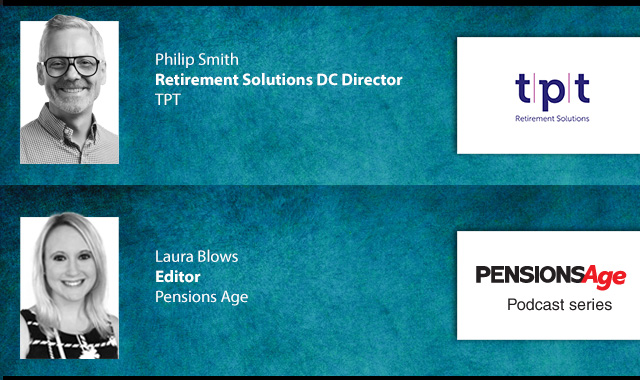Over a fifth (22 per cent) of self-employed households are on track for a moderate retirement income, compared to 45 per cent of employed households, according to Hargreaves Lansdown’s Savings and Resilience Barometer.
The barometer also found that 17 per cent of renters were on track for a moderate retirement income, while 54 per cent of households with a mortgage said the same.
Meanwhile, single parents were also at risk, with 16 per cent on track for a moderate retirement.
Hargreaves Lansdown head of retirement analysis, Helen Morrissey, said: “Saving a decent retirement income can be a challenge for anyone but if you are self-employed, renting or a single person you are likely to find it harder still.
“A mix of volatile earnings, part-time work and high living costs means these groups are lagging behind when it comes to retirement resilience.”
In particular, Morrisey said that the self-employed are not covered by auto-enrolment so do not benefit from being placed in a workplace pension scheme with an employer contribution.
She explained: “This is a huge leg up the retirement ladder that this group misses out on.
“Added to this, variable earnings may mean self-employed people are hesitant to lock money away until the age of 55 in a pension.
“Something with more flexibility is needed to give them the comfort to save for the long term.”
Instead, Morrisey suggested that the Lifetime ISA could better serve the self-employed, arguing that this could work "even better" if the exit penalty could be reduced to 20 per cent and the upper age limit were increased from 40 to 55.
However she said: "It’s worth saying that if you are a higher rate taxpayer then you are still better off going down the pension route from a tax relief perspective.
“Renters are also at risk as they struggle with sky high housing costs leaving them with little left over for pension savings.
“The longer this goes on the worse it gets, in that if they can’t afford to get on the housing ladder then they will be stuck paying rent into retirement – pushing up their costs.
“This puts them at a significant disadvantage to their counterparts.”
She acknowledged that single parents also face “significant” hurdles, noting that not only are they shouldering all family costs on their own, but the “high” costs of childcare can also make it harder for them to work or else they need the flexibility of part-time work which results in lower wages.
“The provision of good quality, affordable childcare is key to helping single parents remain in the workforce where they can build up their workplace pension or self-invested personal pension as well as their overall financial resilience,” she concluded.
Latest News
-
Looking back: Top 20 most read stories of 2025
-
‘Growing minority’ of pension savers turning to newer digital channels
-
Border to Coast deploys more than £1bn across private markets programme
-
Looking back: The Pensions Age 2025 DEI focus
-
This week in pensions: 15-23 December
-
Looking back: 2025 - The year of the big pension overhaul
Private markets – a growing presence within UK DC
Laura Blows discusses the role of private market investment within DC schemes with Aviva Director of Investments, Maiyuresh Rajah
The DB pension landscape
Pensions Age speaks to BlackRock managing director and head of its DB relationship management team, Andrew Reid, about the DB pensions landscape
Podcast: From pension pot to flexible income for life

Podcast: Who matters most in pensions?

In the latest Pensions Age podcast, Francesca Fabrizi speaks to Capita Pension Solutions global practice leader & chief revenue officer, Stuart Heatley, about who matters most in pensions and how to best meet their needs
© 2019 Perspective Publishing Privacy & Cookies











Recent Stories